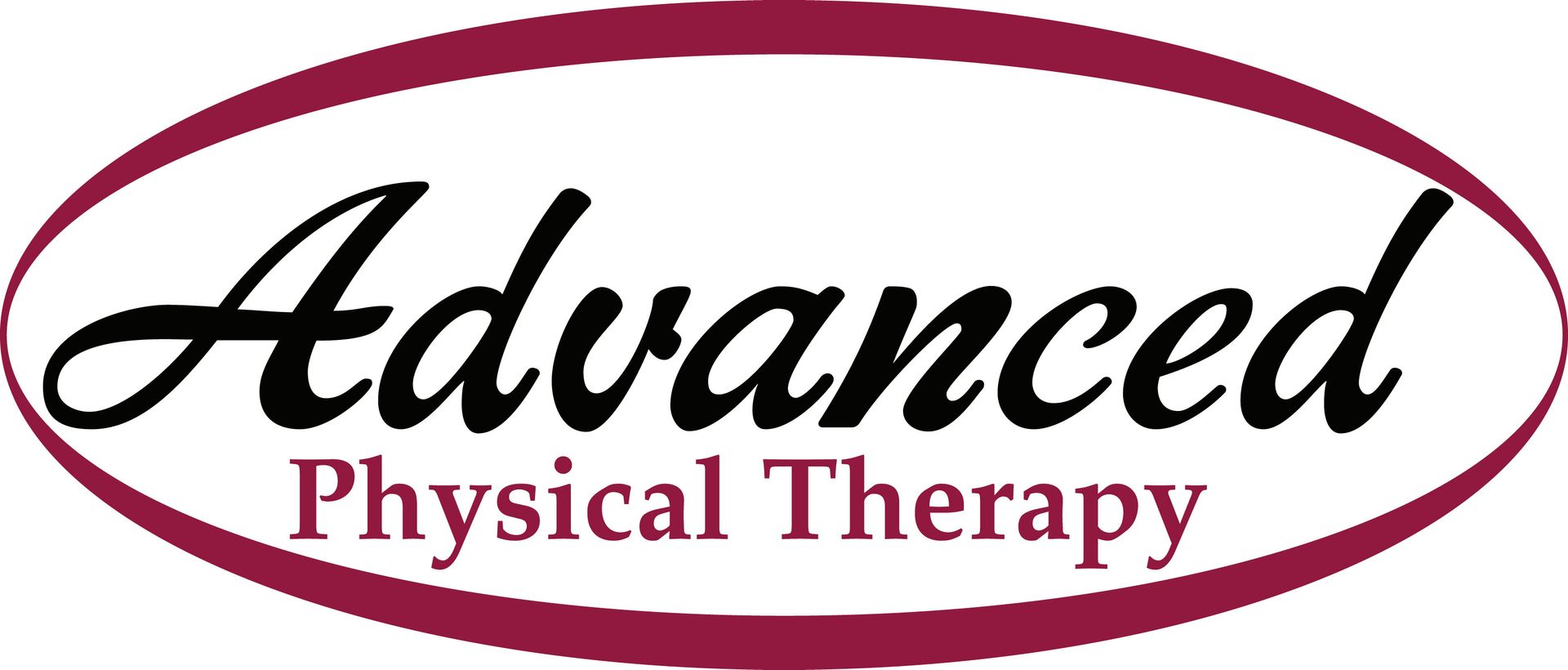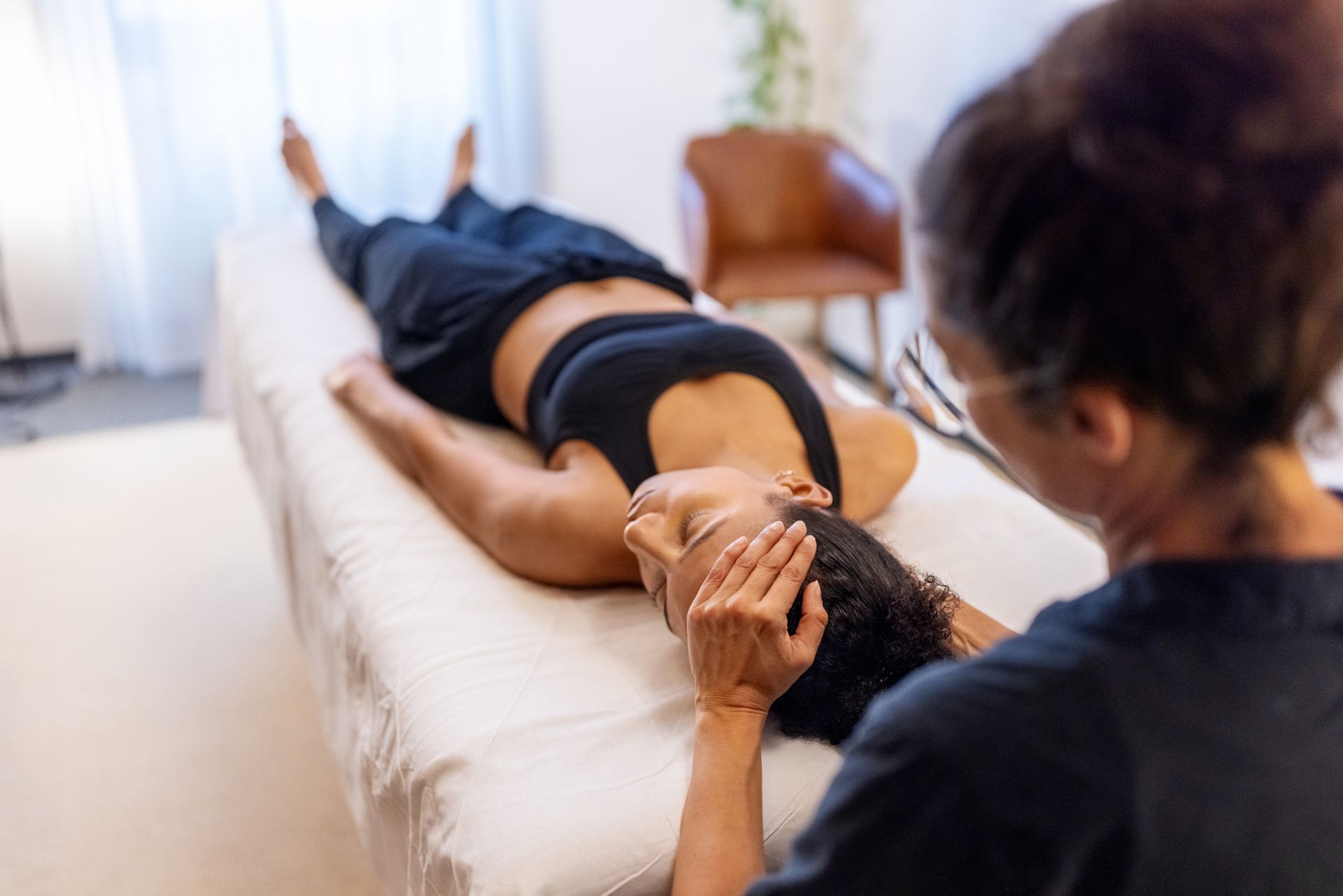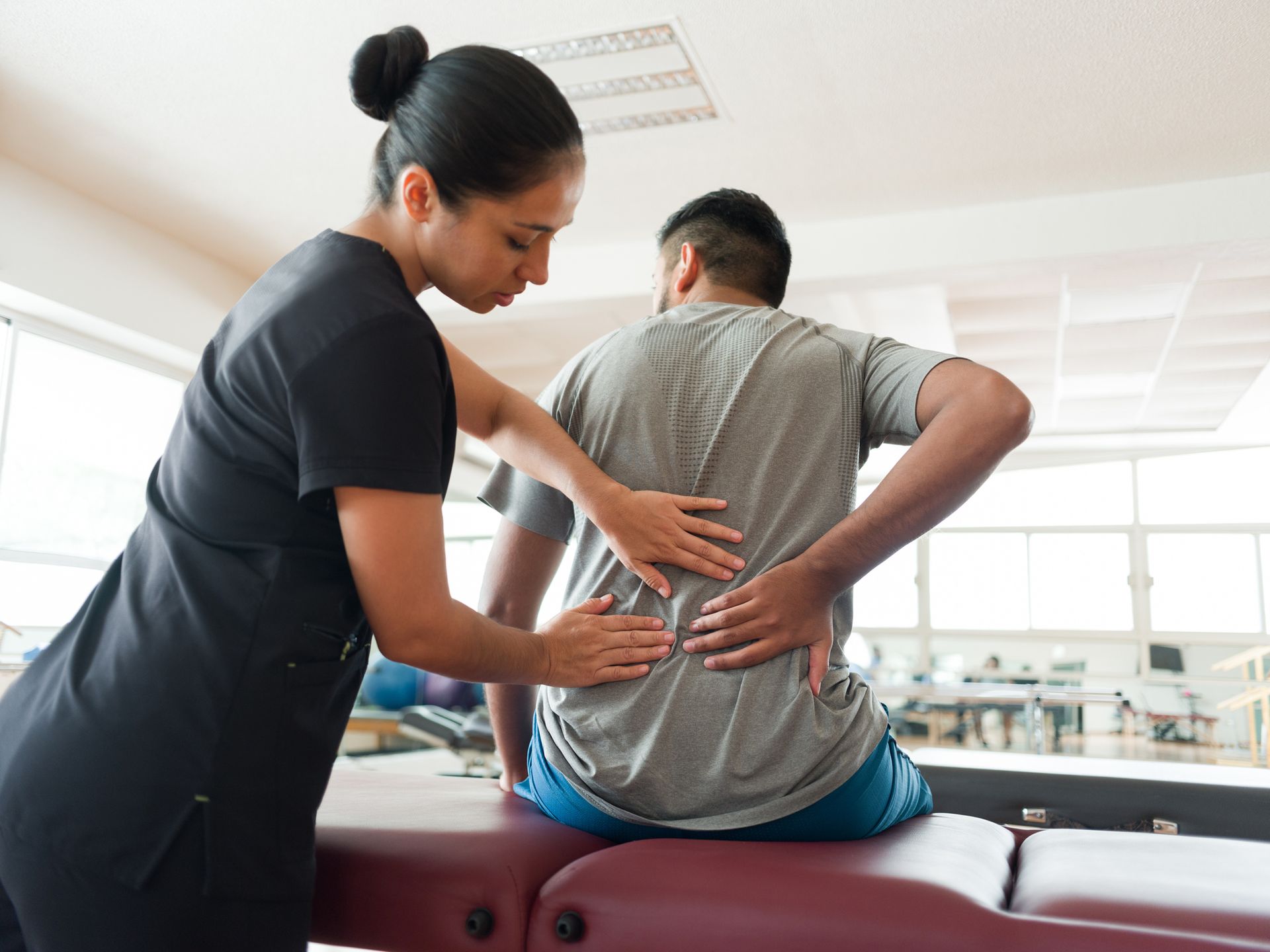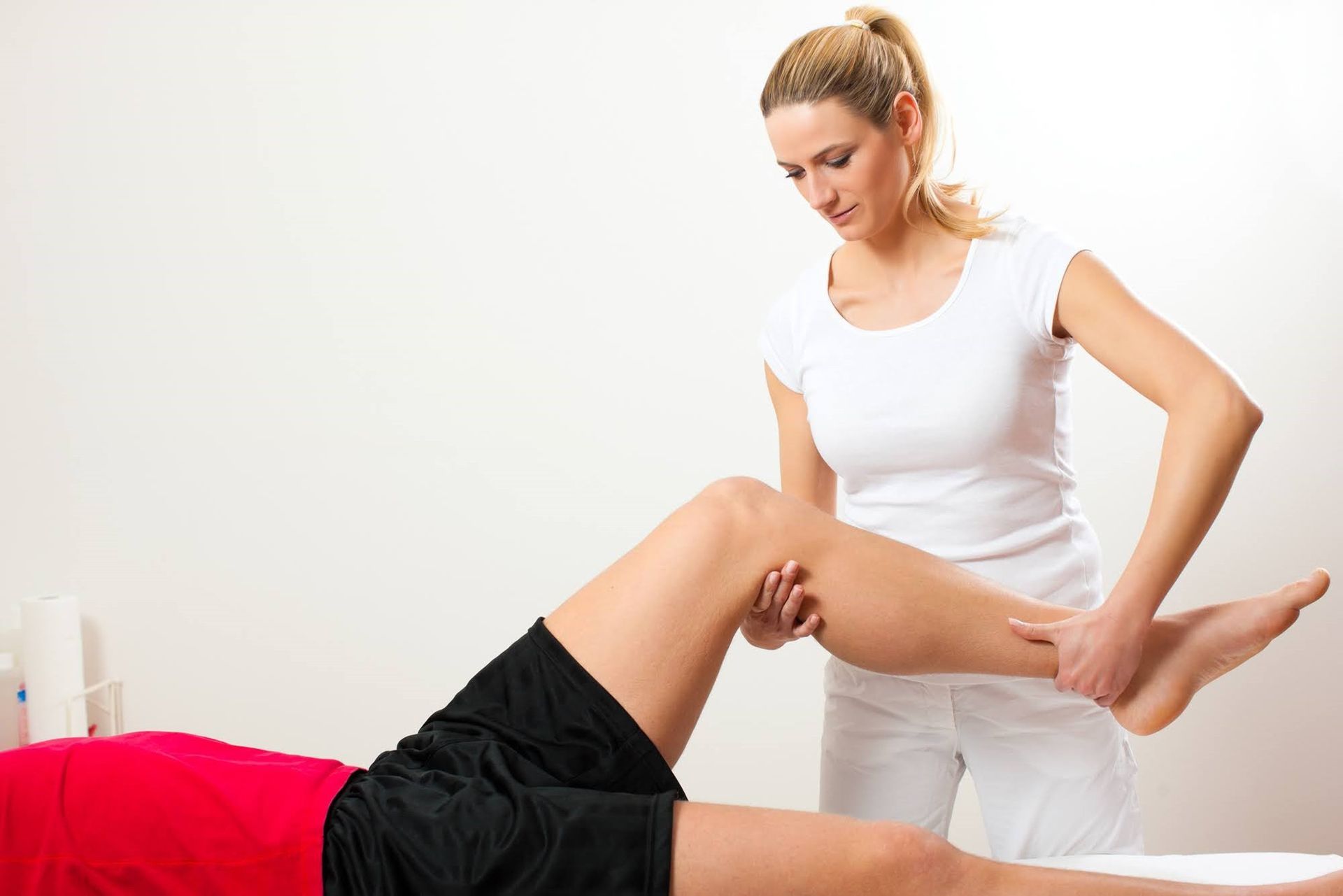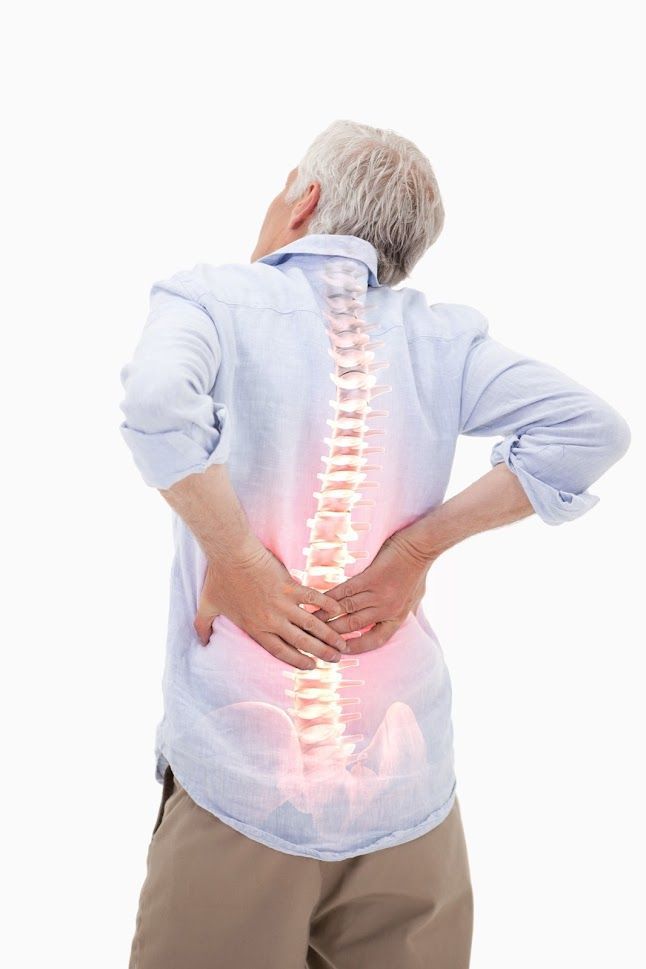Frequently Asked Questions About Torn Ligaments

The human body gets its strength and mobility from the complex interplay among many types of structures. While tendons and muscles apply pulling forces to make body parts move, tough bands of connective tissue called ligaments attach bones to each other. Unfortunately, these ligaments can tear under extreme stress.
You can recover from this kind of injury as long as you seek skilled treatment and follow your doctor's recommendations, which will most likely include physical therapy to help the damaged ligaments restore themselves to their former stability. Take a look at these frequently asked questions about torn ligaments.
What Forms Do Ligament Injuries Take?
Physical therapists commonly refer to ligament injuries as sprains. This term sets them apart from strains, similar injuries that involve damage to the muscles or tendons. Depending on the severity of a ligament tear, you might need nothing more than first aid and conservative care, or you might need surgery.
The medical community assigns different grades to ligament tears based on the extent of the tear. A Grade 1 sprain involves microscopic ligament damage and minor symptoms. In a Grade 2 sprain, a larger ligament tear causes noticeable joint instability and swelling. In a Grade 3 sprain, the ligament tears completely off the bone.
If you tear a ligament, you may hear a popping noise in the joint. The more serious the tear, the more pain, swelling, and instability you'll experience.
Why Do Ligaments Tear?
Ligament tears tend to occur when the joint in question gets pushed beyond its maximum range of motion. This problem occurs most commonly in the weight-bearing joints such as the ankles and knees. For instance, you can tear your anterior cruciate ligament (ACL) if your knee takes an impact or gets severely twisted.
The joints of the upper body can also experience ligament injuries. Common examples include a torn rotator cuff in the shoulder, a sprained wrist or finger joint, and damage to the ligaments of the back or (in the case of many whiplash injuries) the cervical vertebral joints in the neck.
How Does Prehab Help You Prepare for Ligament Surgery?
If you've suffered a Grade 3 ligament tear that requires surgical reattachment, don't feel too surprised if your doctor advises you to first undergo a kind of preparatory physical therapy known as prehab. This strategy aims to boost the fitness of the other tissues in the joint, which helps to ensure a speedier, more complete recovery.
Prehab for a torn ACL offers a case in point. You'll start with basic first aid therapies such as rest, ice, compression, and elevation. Your physical therapist can then schedule exercises such as leg lifts, curls, and presses to strengthen your leg muscles, as well as leg extension and exercise bike sessions to preserve flexibility.
How Can Physical Therapy Help You Rehabilitate Torn Ligaments?
With or without surgery, physical therapy can help you rehabilitate a torn ligament. The first few weeks of rehab may focus on exercise cycling, weight training, and other exercises that can help you free yourself from crutches. The next couple of weeks may focus on flexibility exercises, with the remaining rehab restoring full range of motion.
In addition to these exercises, your physical therapist may administer other therapeutic techniques to reduce pain, manage swelling, and encourage your body's natural healing processes. Examples may include massage therapy and ultrasound therapy, both of which can boost blood flow and accelerate tissue repair.
When you need to rebuild a torn ligament, come to Advanced Physical Therapy. We can evaluate your current condition and create a customized program for rehabilitating the injury so you can get back to your everyday life. Contact us today for a consultation.

